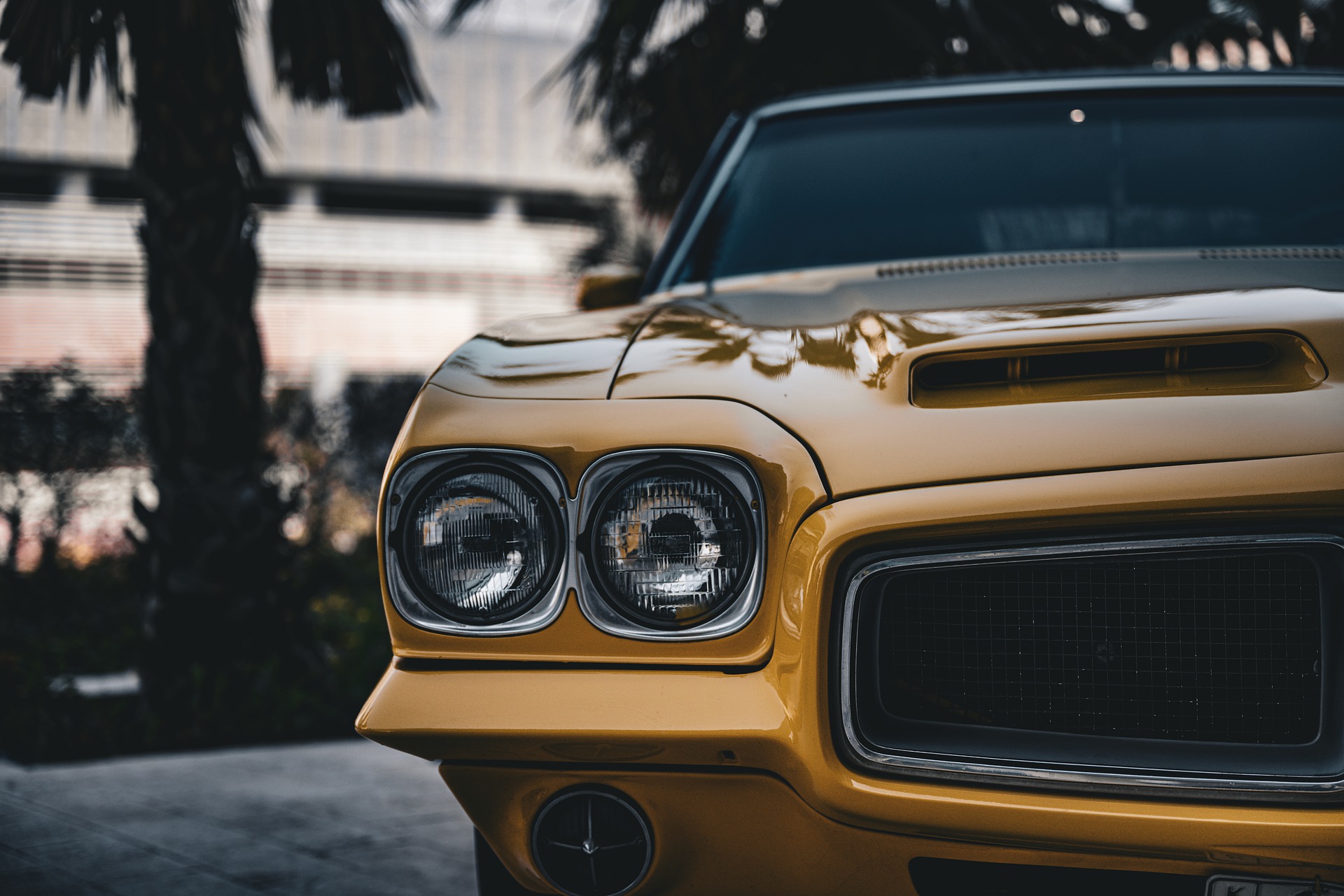Exploring the Thrilling Evolution of Hypercars
An exciting journey through the world of hypercars, from their humble beginnings to the groundbreaking technological marvels they are today. Dive into the fast-paced world of hypercars, where speed meets innovation. Read below for an exhilarating exploration into the evolution of these magnificent machines.

The Birth of Hypercars
The term “hypercar” was first used in the 1990s to describe cars that surpassed supercars in terms of speed, technology, and price. The McLaren F1, introduced in 1992, is often considered the first hypercar. With a top speed of 240 mph, the F1 was the fastest car in the world until the Bugatti Veyron broke its record in 2005.
The Evolution of Speed
As technology advanced, so did hypercars. The 2005 Bugatti Veyron was a game-changer, boasting a top speed of 253 mph and a price tag of $1.7 million. In 2010, the Bugatti Veyron Super Sport pushed the envelope further, reaching a top speed of 267 mph. Today, the title of the fastest car goes to the SSC Tuatara, which hit an astounding 316 mph in 2020.
Innovation in Design and Technology
Hypercar manufacturers constantly push the boundaries of design and technology. The Koenigsegg Jesko, for instance, boasts a nine-speed gearbox with seven clutches, while the Rimac Nevera is an all-electric hypercar with a staggering 1,914 horsepower. These vehicles represent the pinnacle of automotive technology, showcasing what’s possible when engineering and design are pushed to their limits.
The Rise of Electric Hypercars
Electric hypercars are the new frontier. The Lotus Evija, Rimac Nevera, and Pininfarina Battista are just a few examples of this emerging category. These battery-powered beasts offer zero-emission exhilaration, combining sustainable technology with mind-blowing performance. The future of hypercars is electric, and it’s exciting to see what’s on the horizon.
The Impact of Hypercars on the Automotive Industry
The development of hypercars has significantly influenced the broader automotive industry. Many features first introduced in hypercars, such as advanced aerodynamics, carbon fiber construction, and hybrid powertrains, have trickled down to more mainstream models. Hypercars serve as a proving ground for new technologies, setting the pace for innovation in the industry.
Useful Tips and Facts:
- Hypercars are usually produced in limited numbers, making them extremely exclusive.
- The most expensive hypercar to date is the Rolls-Royce Sweptail, priced at $13 million.
- The Bugatti Chiron Super Sport is currently the fastest production car, with a top speed of 304 mph.
- The Rimac Nevera is the fastest accelerating car, capable of reaching 60 mph in just 1.85 seconds.
In conclusion, the evolution of hypercars is a testament to human ingenuity and the relentless pursuit of performance. From the McLaren F1 to today’s electric hypercars, these machines continue to redefine the boundaries of speed and technology. As we look forward to the future, one thing is certain: the hypercar journey is far from over, and we’re in for an exciting ride.




